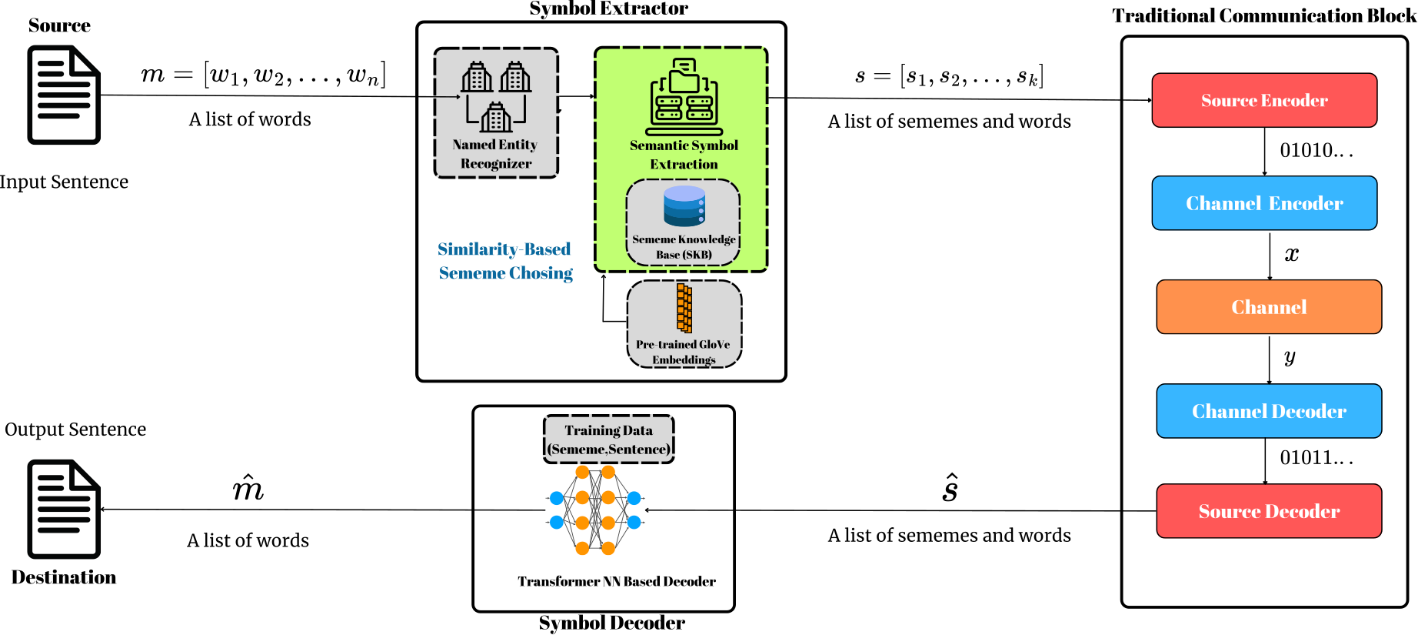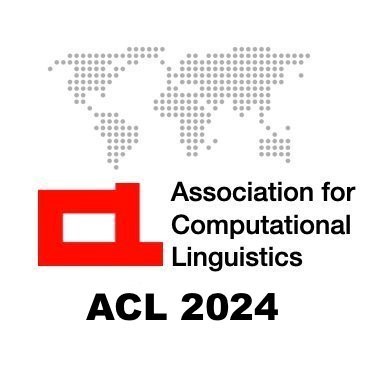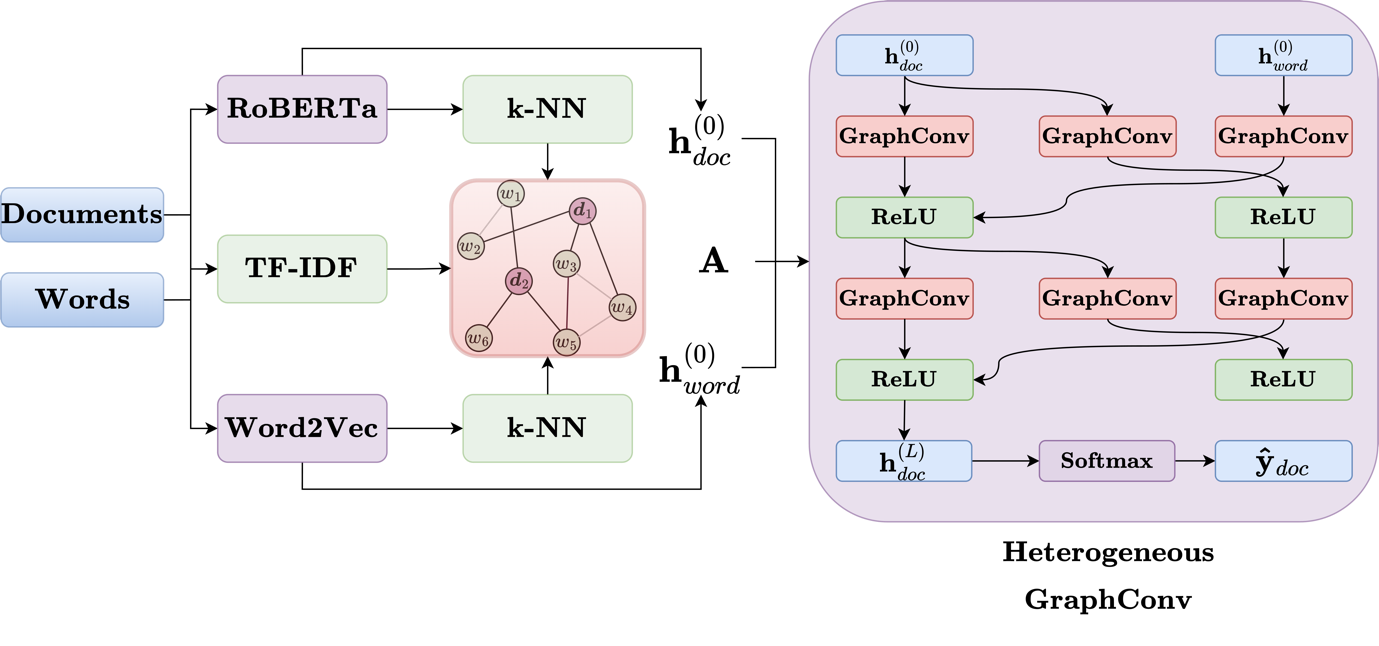Bilkent University invites applications for multiple open-rank faculty positions in the Department of Neuroscience. The department plans to expand research activities in certain focus areas and accordingly seeks applications from promising or established scholars who have worked in the following or related fields: Computational/theoretical neuroscience with a strong emphasis on research involving emerging approaches including […]
Read More



